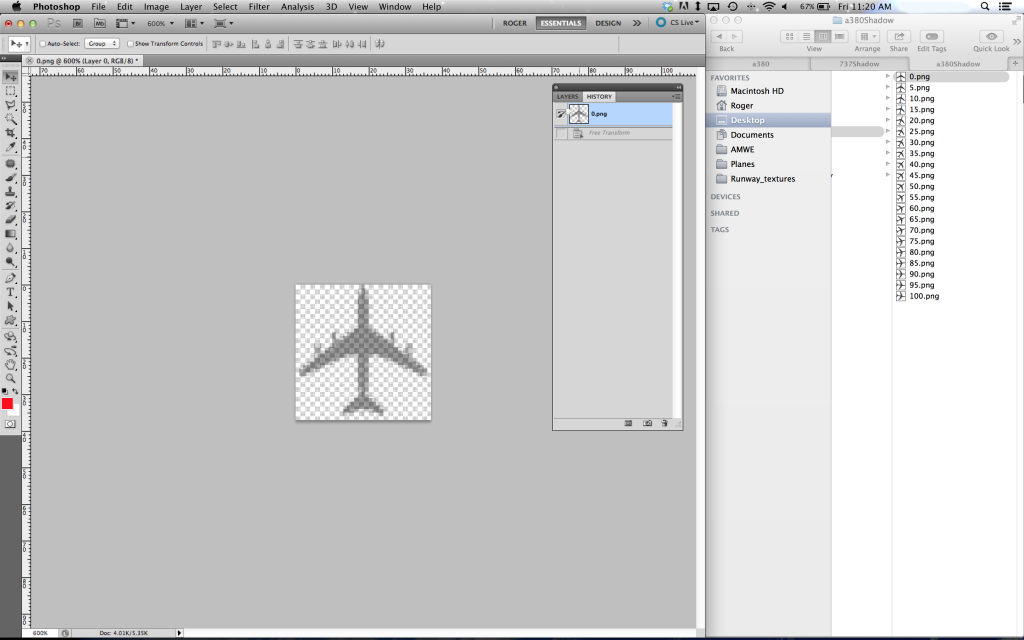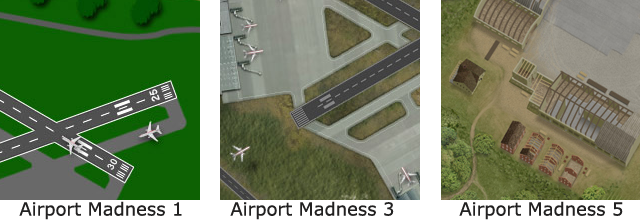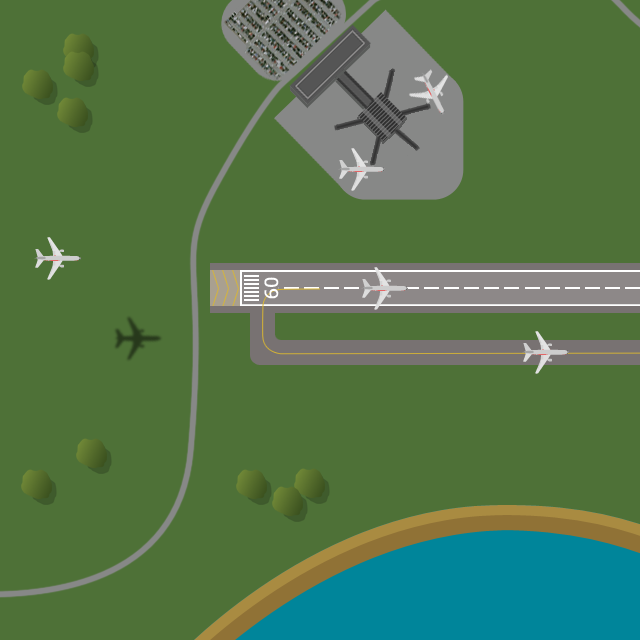Some days I feel like I’m stuck inside Flash. By Flash, I’m referring to the internet development software by Adobe. It’s considered by many to be “old school”, since Flash is not supported by mobile devices and is gradually losing it’s place as the leader of internet game development software.
I’ve attended countless game development conferences over the past six years, and one thing I hear over and over, is that Flash is dead. Well, it sort of is. But I like Adobe’s software, as it allows me to build multi-platform native apps for iOS, Android, PC and Mac devices. All in a single click. I can’t imagine how expensive and time-consuming it would be to teach myself five different programming languages for five different types of game development software.
If it ‘aint broke, don’t fix it. The problem with using Flash for my games is performance. The primary complaint that I hear is from Android device users, any time one of my games displays a weather effect. It’s a small deal, one that I can either fix, optimize, or work around.
What I really hate are the bleeding-edge enthusiasts who insist that any development software that is more than two years old is garbage. When I tell people that I use Flash Pro and Flash Builder, they say, “Flash? Flash is dead. You should be using XYZ software. It’s cooler.” Believe me, I’ve tried. I’ve tried using Starling, a powerful code library that was used to make the online version of Angry Birds. I’ve used xCode for iOS development, which is fantastic, but I can only use it for one platform (I’m currently developing for four). Unity Pro looks incredible, but it’s not without it’s own performance issues, and is really intended for 3D content. I’m anticipating using this software for a 3D “Tower View” version of Airport Madness some time in 2015.
There are several things I hate about trying to exist on the cutting edge. For starters, the cutting edge is always moving. So if I go out and buy XYZ Development Software for $2000, there’s no guarantee it will still be in style a year from now. And since it’s new software, it’s bound to have technical bugs. And when I need help, there isn’t much community around me to help. Most people are using yesterday’s software.
The image above is a screenshot of me building shadows for the airplanes of Airport Madness: World Edition. Very old-school methods, but they work. I try not to be stubborn about things. When the day comes that Flash Technology truly starts to suck for me, I’ll toss it like a week-old banana. But presently, it’s perfect for what I’m doing.




